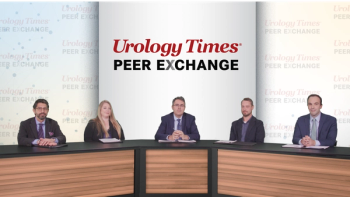
Defining and Managing BCG-Unresponsive NMIBC
Panelists discuss how timely identification of BCG-unresponsive NMIBC through defined response criteria enables dynamic risk stratification and guides critical decisions about escalating care to alternative treatments.
Episodes in this series

Physician Summary:
The typical time frame for observing a response to BCG therapy in NMIBC patients is within 3 to 6 months following initiation. While many patients initially respond well, a substantial proportion—particularly those with high-risk features—may lose responsiveness over time.
“BCG unresponsive” disease is defined by the 2017 consensus from Kamat et al as persistent or recurrent high-grade disease within 6 months of adequate BCG therapy (at least 5 of 6 induction doses and 2 of 3 maintenance doses) or any progression to muscle-invasive disease during or after BCG. This definition helps identify patients unlikely to benefit from further BCG and who may need alternative therapies, including clinical trials or radical cystectomy.
Patients demonstrating poor response to initial BCG therapy are typically reevaluated and restratified into a higher risk category, prompting a reassessment of their management plan. This dynamic risk assessment supports timely escalation of care to improve outcomes.
Newsletter
Stay current with the latest urology news and practice-changing insights — sign up now for the essential updates every urologist needs.

















